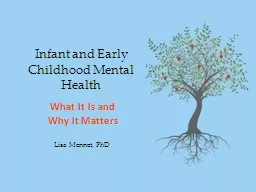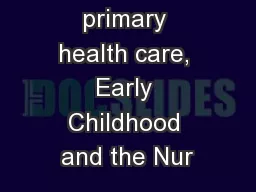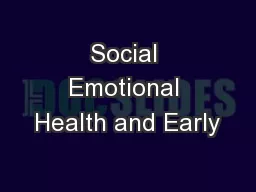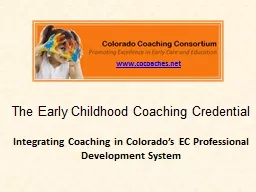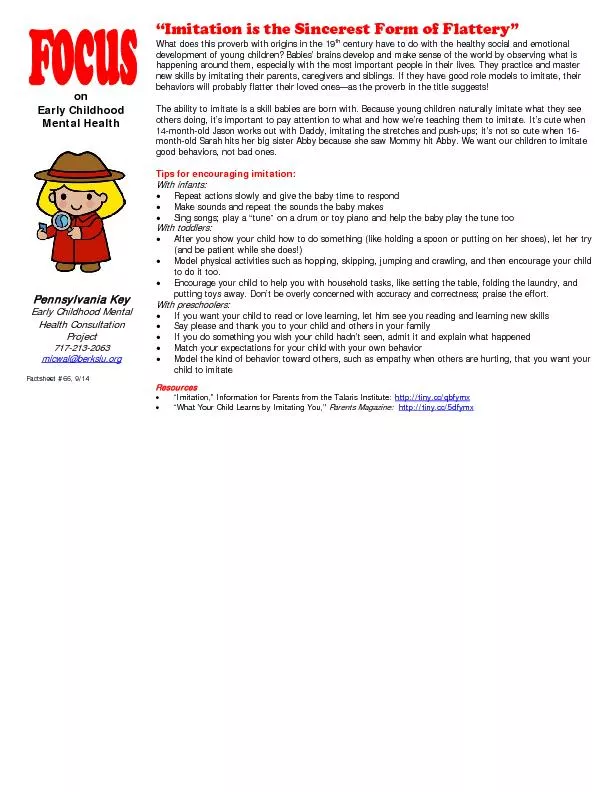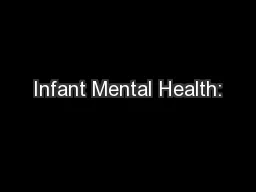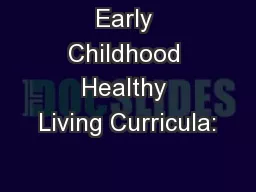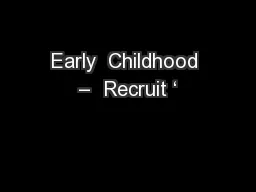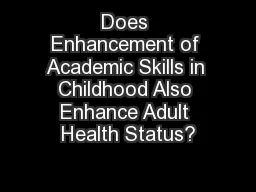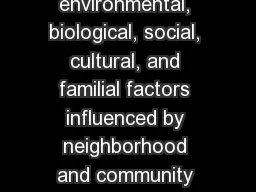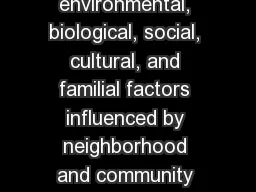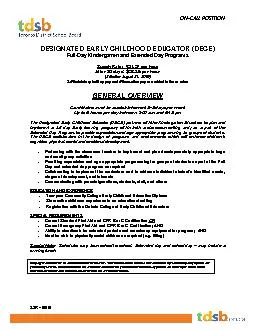PPT-Infant and Early Childhood Mental Health
Author : yoshiko-marsland | Published Date : 2018-10-31
What It I s and Why It Matters Lisa Mennet PhD T he A mazing S ocial I nfant born ready to interact Infants are an open system Infants are an open system
Presentation Embed Code
Download Presentation
Download Presentation The PPT/PDF document "Infant and Early Childhood Mental Health" is the property of its rightful owner. Permission is granted to download and print the materials on this website for personal, non-commercial use only, and to display it on your personal computer provided you do not modify the materials and that you retain all copyright notices contained in the materials. By downloading content from our website, you accept the terms of this agreement.
Infant and Early Childhood Mental Health: Transcript
Download Rules Of Document
"Infant and Early Childhood Mental Health"The content belongs to its owner. You may download and print it for personal use, without modification, and keep all copyright notices. By downloading, you agree to these terms.
Related Documents

